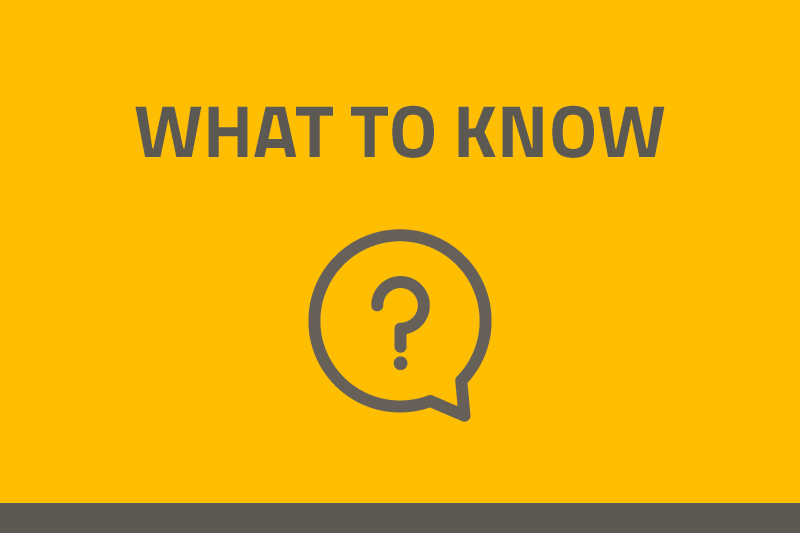What to know - Tsunami

A seaquake, tsunami in Japanese, is a series of waves produced by the rapid displacement of a large mass of water. In open water, the waves propagate quickly over large distances, with heights almost unnoticeable but with wavelengths (distance between one wave and the next) that can reach several tens of kilometers. As the wave approaches the coast, its speed decreases while its height increases rapidly, even by tens of meters. The first wave may not be the largest, and several minutes may pass between one wave's arrival and the next.
It is generally caused by strong earthquakes with epicenter at sea or near the coast. Tsunamis can also be generated by submarine or coastal landslides, volcanic activity in the sea or near the coast, and, much more rarely, from meteorites that fall into the sea.
All Mediterranean coasts are exposed to tsunami risk. Moreover, it must be considered that Italian coasts can also be reached by tsunamis generated in areas of the Mediterranean far from our country.
A tsunami appears as a rapid rise in sea level or a wall of water that hits the coast, causing a flood. Sometimes, we observe an initial and sudden retreat of the sea. Tsunami waves have much more strength than sea storms and can penetrate hundreds of meters inland-even kilometers if the coast is shallow- dragging everything they find along the way.
It is not possible to predict: it can occur at any time. We know many things about tsunamis, but it is not yet possible to predict when and where they will occur.
Yes, the National Alert System for Tsunami wave generated by earthquakes in the Mediterranean Sea (SiAM).
Three organizations cooperate in this system: the Ingv - National Institute of Geophysics and Volcanology, which operates through the Tsunami Alert Centre (CAT), the Italian Institute for Environmental Protection and Research (ISPRA), and the Civil Protection Department.
The system aims to assess whether an earthquake with an epicenter at sea or near the coast could produce a tsunami to activate the National Civil Protection Service as fast as possible and inform the public.
The SiAM system belongs to the international warning system on the model of the ones active in the Caribbean Sea and the Pacific and Indian Oceans, with one significant difference: in a shallow sea such as the Mediterranean, wave arrival times are very short, and the chance of alerting the population is reduced. Therefore, it is essential to have a good understanding of what to do in an emergency.
In a shallow sea as the Mediterranean, wave arrival times are very short. Authorities may not have time to issue an alert. Therefore, it is even more important to recognize the events that may signal the arrival of a tsunami:
• A strong earthquake you have felt or heard about.
• A deep and increasing noise coming from the sea, like that of a train or a low flying aircraft.
• A sudden and unusual retreat of the sea, a rapid rise in sea level or a big wave extended over the whole horizon.
Remember that houses and buildings close to the coast aren’t always safe:
• The degree of safety of a building depends on various factors, for example the typology and quality of materials used, the altitude, the distance from the shore, the number of floors, the degree to which it is exposed to the impact of the wave.
• Generally, the highest floors of a concrete reinforced building, if properly built, offer adequate protection.